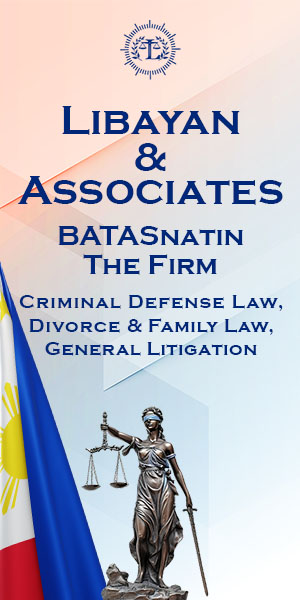Local Government Units
Boundary disputes between two LGUs.
Q — What body has the power to settle boundary disputes between two local governments? Explain.
ANS: Under R.A. No. 6128, the Sangguniang Panlalawigan is the primary tribunal responsible in the amicable settlement of boundary disputes between or among two or more municipalities located in the same province. With the LGC of 1991, however, a major change has been introduced – that in the event the Sanggunian fails to effect a settlement, it shall not only issue a certification to that effect but must also formally hear and decide the case.
Notably, unlike R.A. No. 6128 and B.P. 337, the LGC of 1991 grants an expanded role on the Sangguniang Panlalawigan concerned in resolving cases of municipal boundary disputes. Aside from having the function of bringing the contending parties together and intervening or assisting in the amicable settlement of the case, the Sangguniang Panlalawigan is now specifically vested with original jurisdiction to actually hear and decide the dispute in accordance with the procedures laid down in the law and its implementing rules and regulations. This situation, in effect, reverts to the old rule under the RAC, prior to its amendment by R.A. No. 6128, under which the provincial boards were empowered to investigate, hear the parties and eventually decide the case on the basis thereof. On the other hand, under the LGC of 1991, the trial court loses its power to try, at the first instance, cases of municipal disputes. Only in the exercise of its appellate jurisdiction can the proper RTC decide the case, on appeal, should any party aggrieved by the decision of the Sangguniang Panlalawigan elevate the same. (Mun. of Sta. Fe v. Mun. of Aritao, G.R. No. 140474, September 21, 2007).
Effect of nullification of proclamation.
Q — What is the effect if the proclamation of the mayor is nullified? Explain.
ANS: With the nullification of the proclamation, the position became vacant and the vice-mayor shall became the mayor. (Sec. 44, RA 7160).
Verily, the vacancy created by the nullification of mayor’s proclamation is in the nature of a permanent vacancy and may be qualified as a “permanent incapacity to discharge the functions of his office.” (Jainal v. COMELEC, et al., G.R. No. 174551, March 7, 2007, Tinga, J).



 Spotify
Spotify  iTunes
iTunes  AppleMusic
AppleMusic  YouTube
YouTube 


